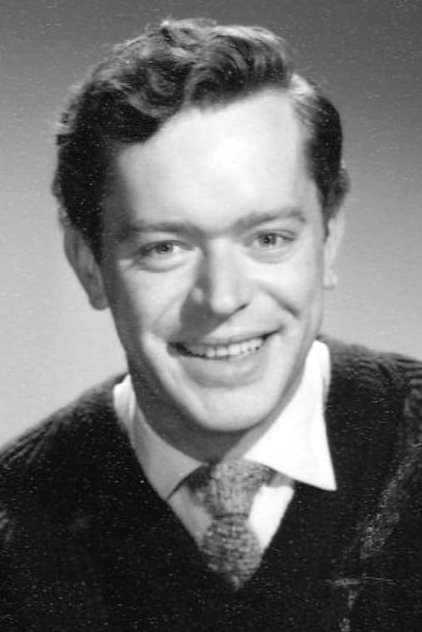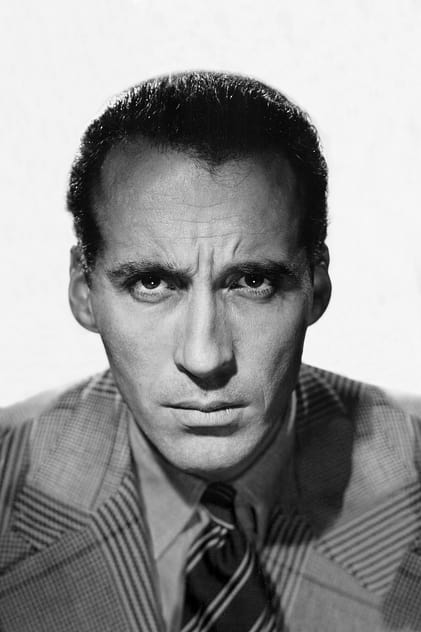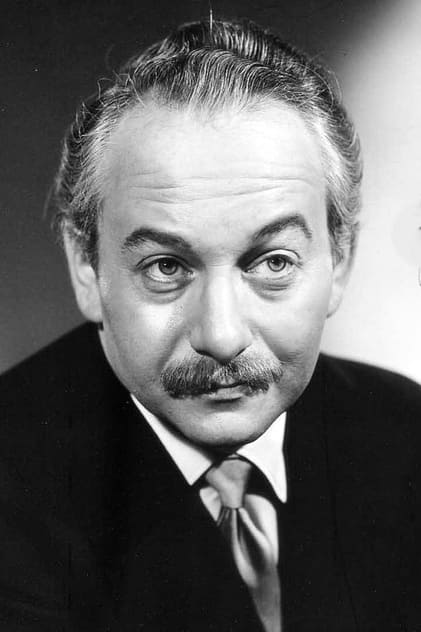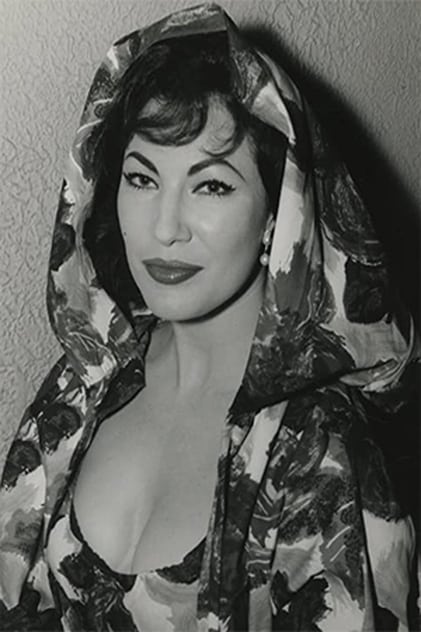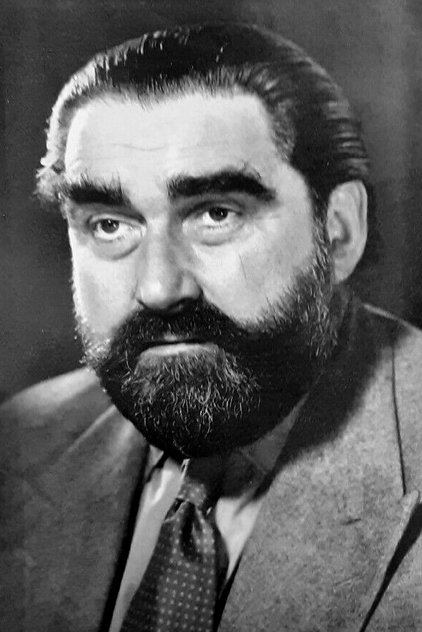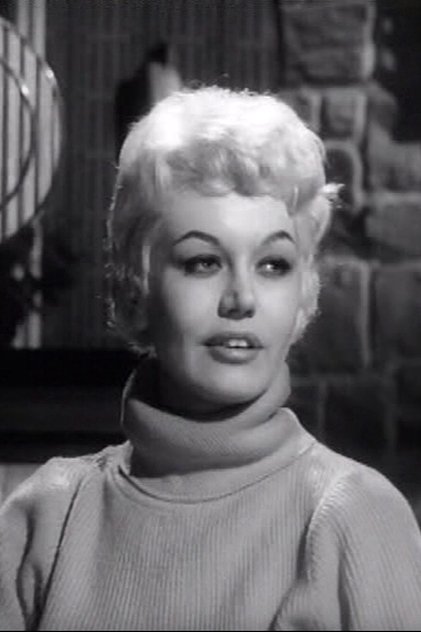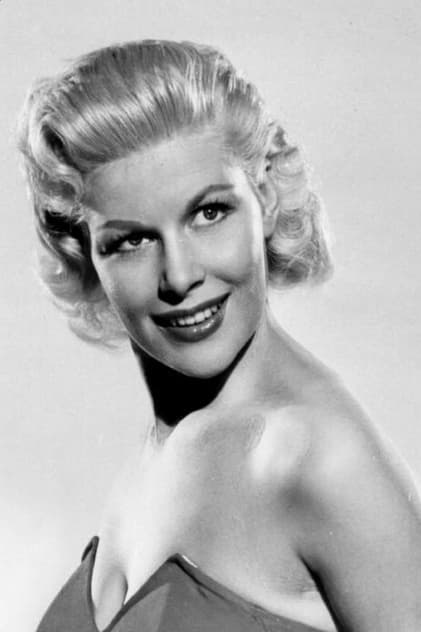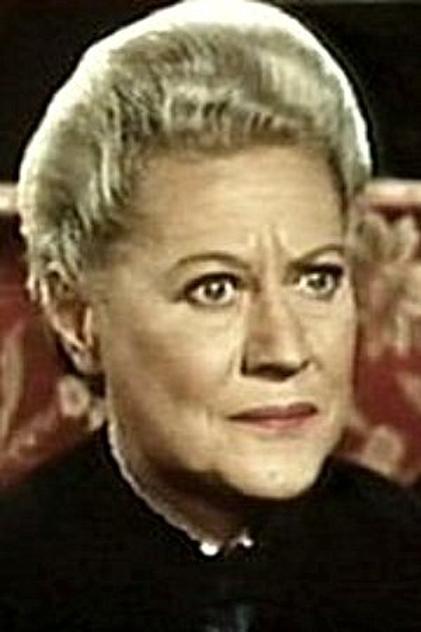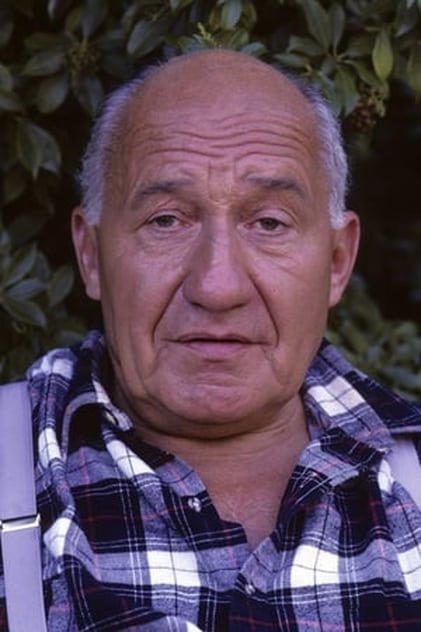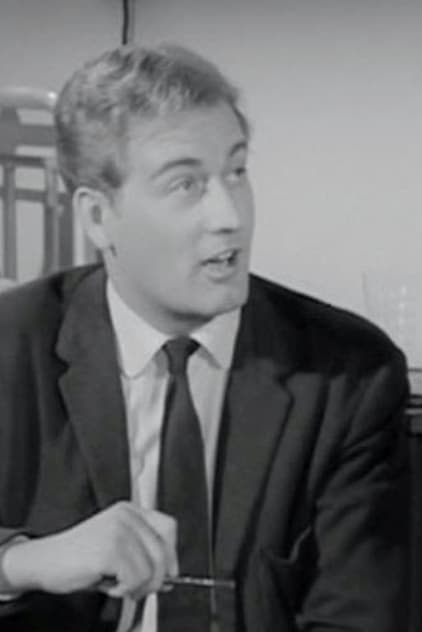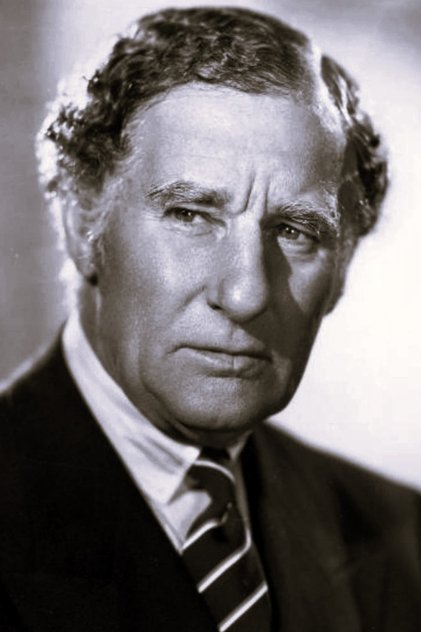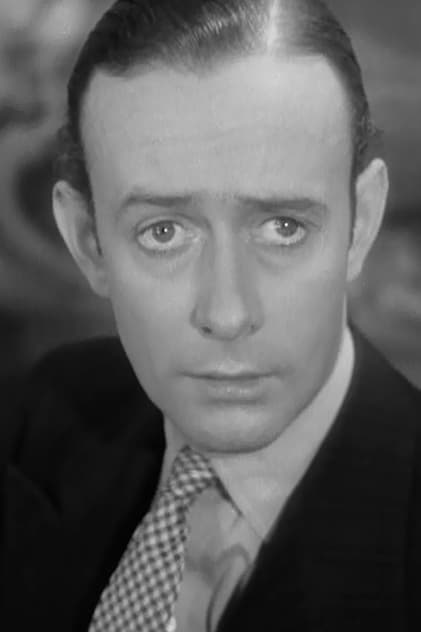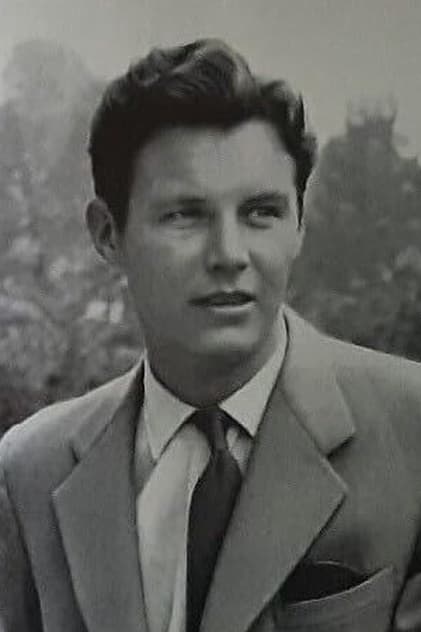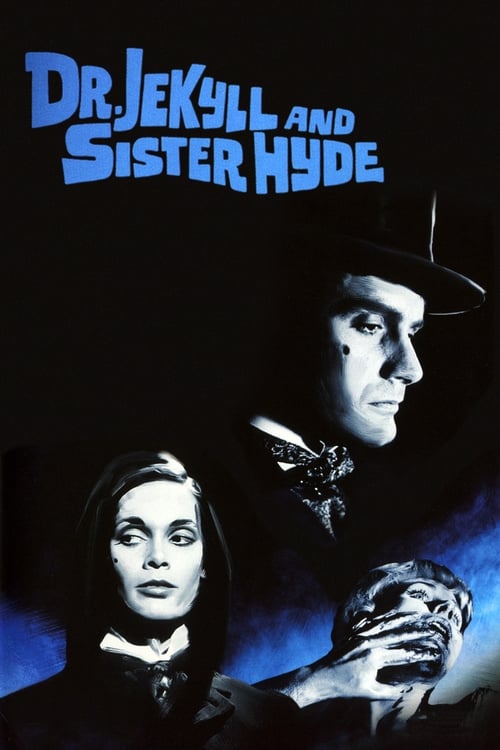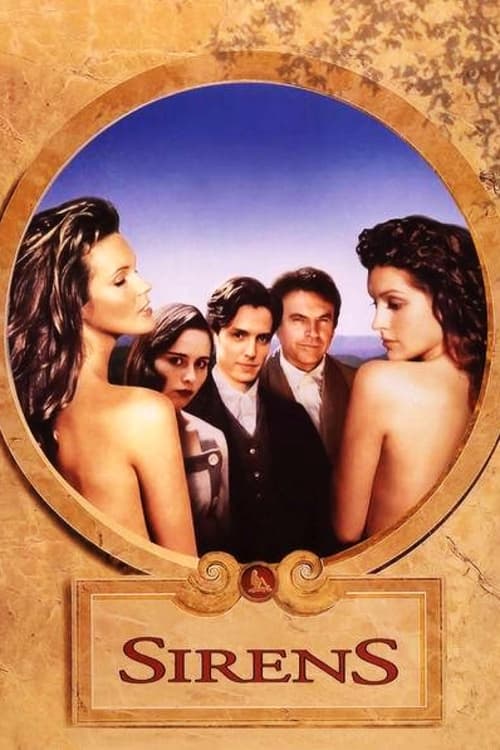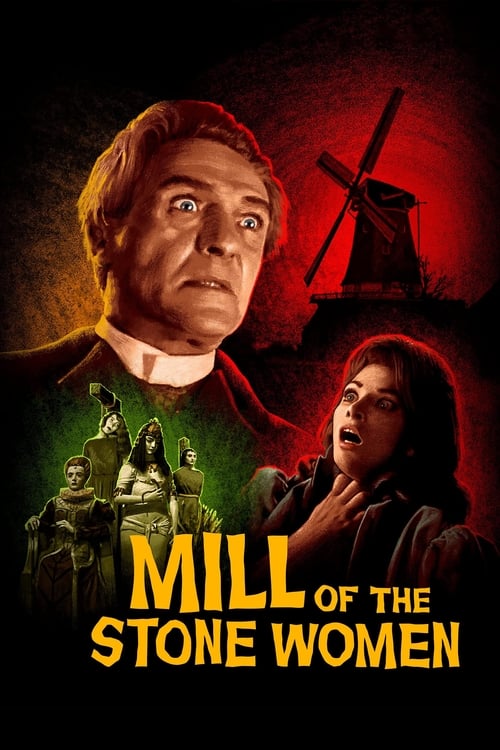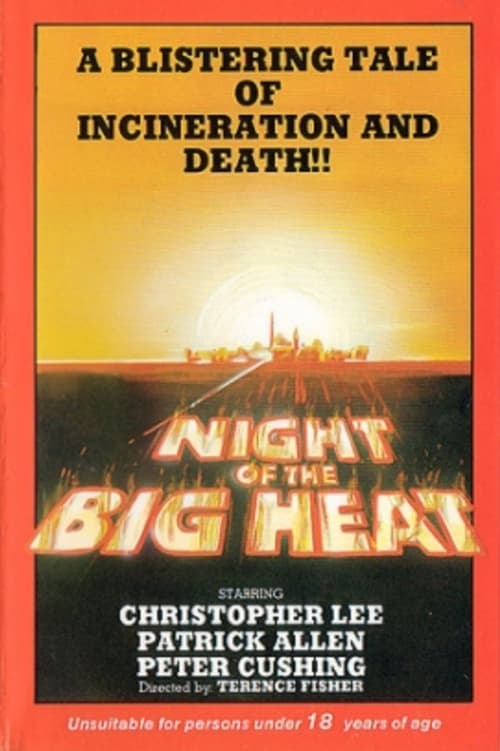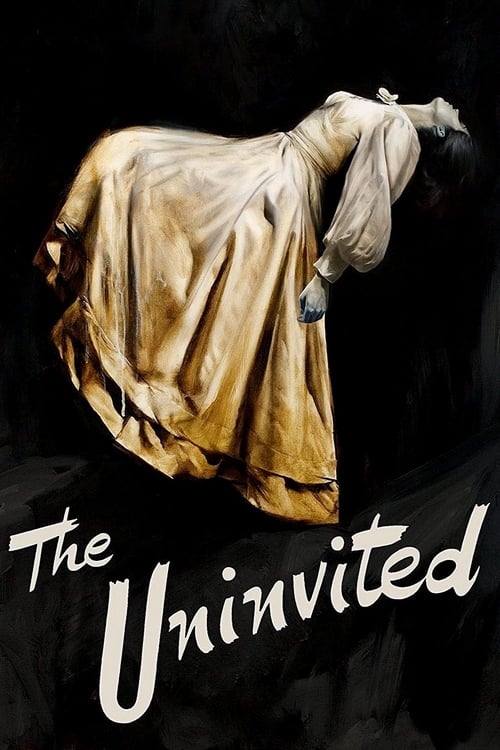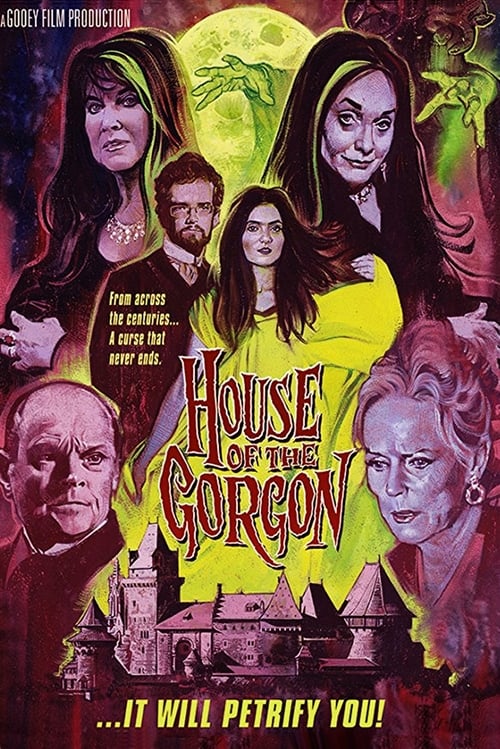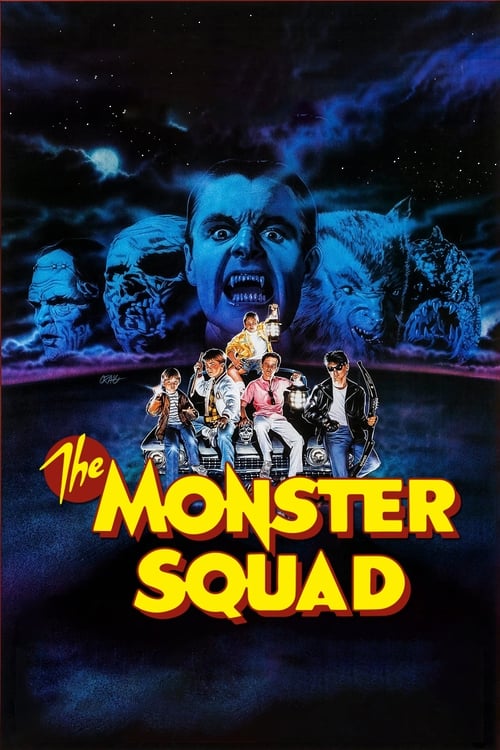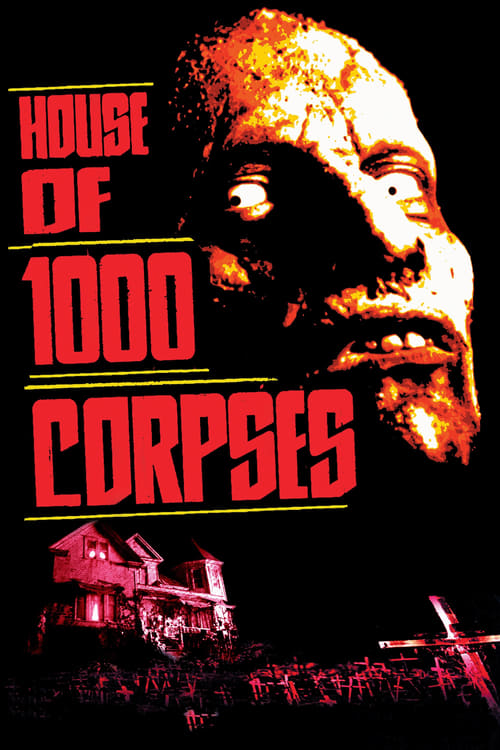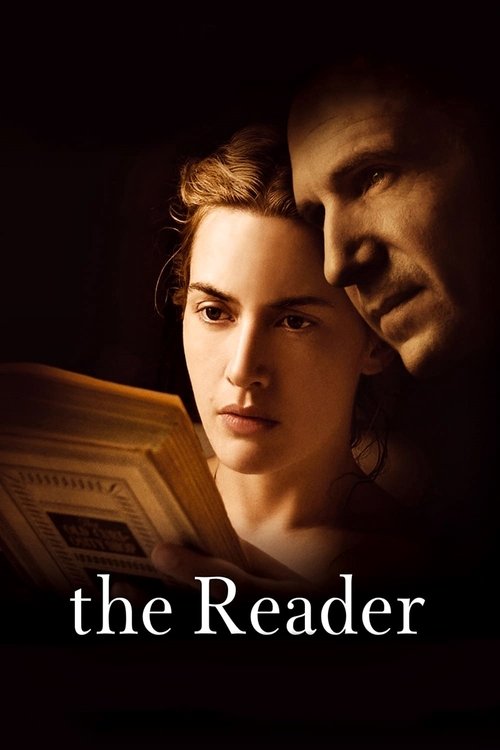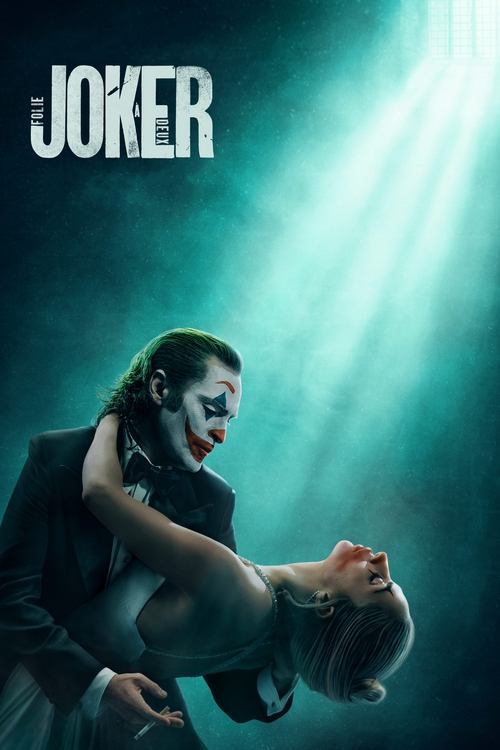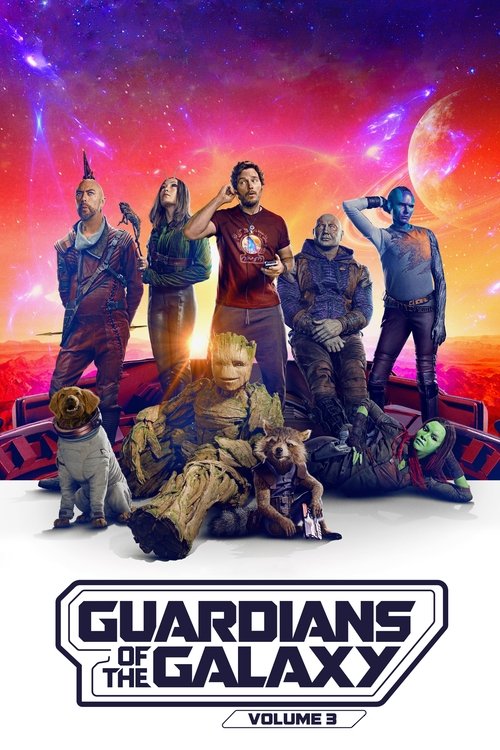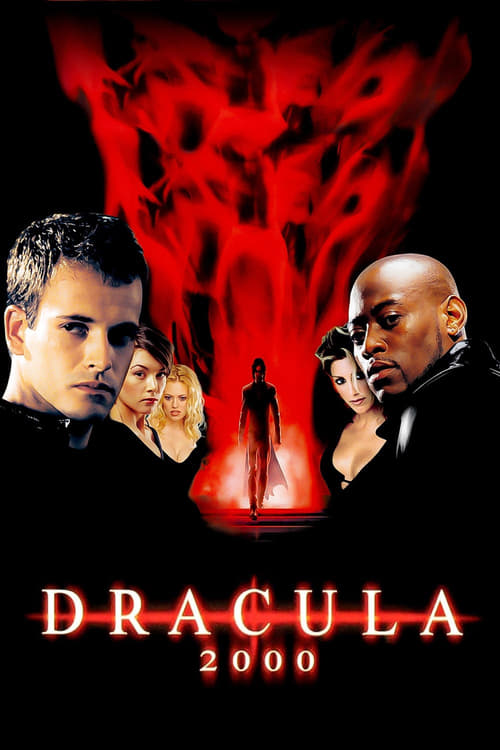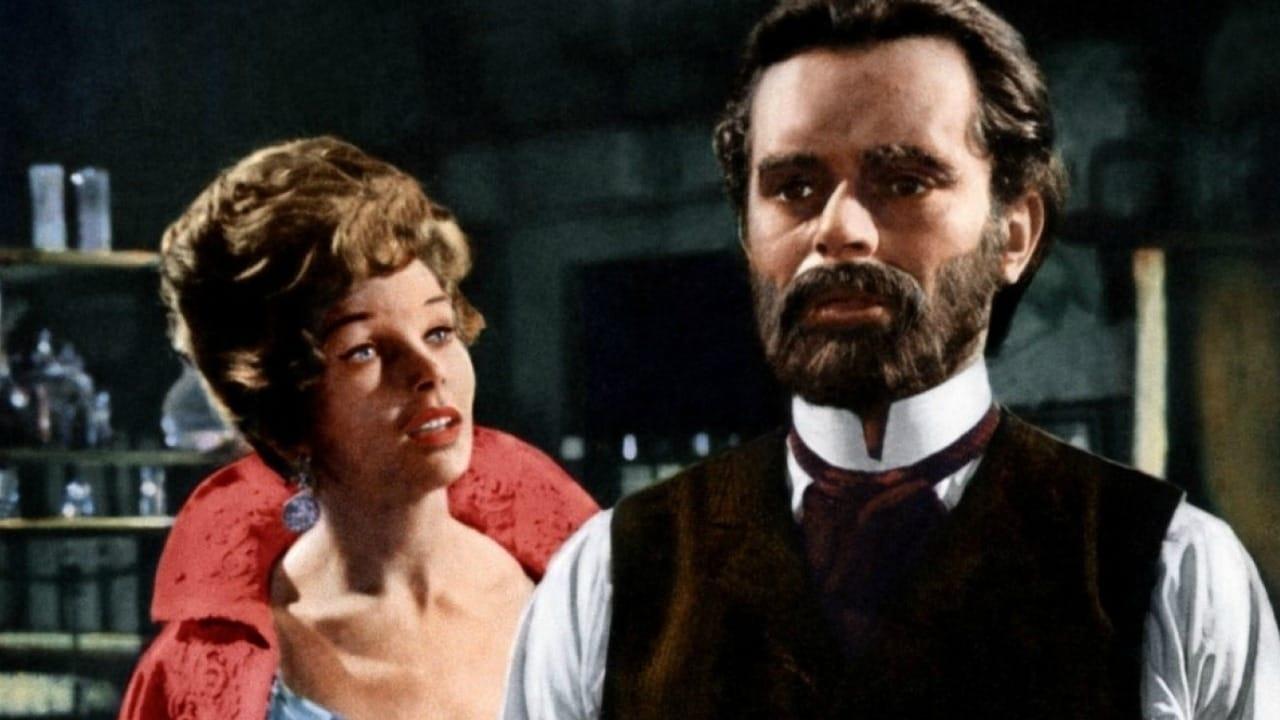
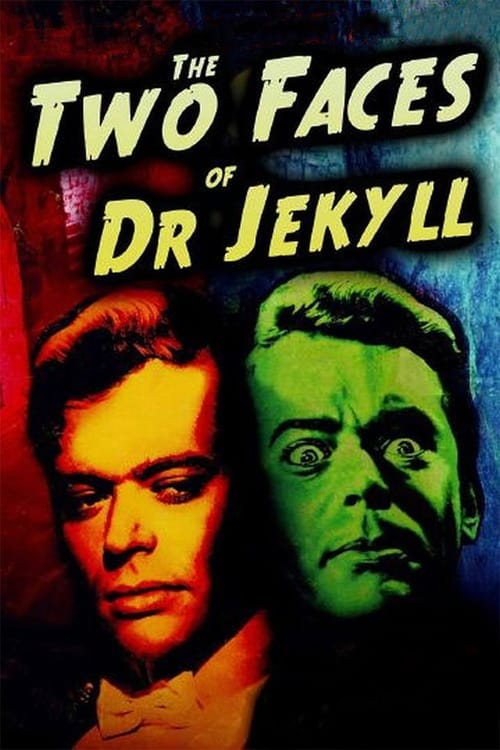
1960
·88m
The Two Faces of Dr. Jekyll
Summary
After a series of scientific experiments directed towards freeing the inner man and controlling human personalities, the kindly, generous Dr Henry Jekyll succeeds in freeing his own alter ego, Edward Hyde, a sadistic, evil creature whose pleasure is murder.
Reviews
Wuchak
September 23, 2021
_**Dr. Jekyll and Mr. Handsome Hedonist**_
In wild London of 1874, a reclusive scientist obsessively studies human nature (Paul Massie) while his alluring wife (Dawn Addams) is having a questionable relationship with a smooth gambler (Christopher Lee). The sudden appearance of suave Edward Hyde shakes everything up.
Released in 1960-1961, "The Two Faces of Dr. Jekyll” (also known as “Jekyll's Inferno” and “House of Fright”) is the second of three Hammer films inspired by Robert Louis Stevenson’s famous story “Strange Case of Dr. Jekyll and Mr. Hyde.” It was preceded by the horror comedy “The Ugly Duckling” (1959) and followed by “Dr. Jekyll and Sister Hyde” (1971). (Please notice I said they’re “inspired by” and not “based on” Stevenson’s novella). The twist in this one is reflected in director Terence Fisher’s belief that the charm of evil is more interesting than a brutish monster, at least to adults.
Hence this is more of a psychological horror film as opposed to a creature feature. The theme of the movie, corresponding to Dr. Jekyll's theories (in this version anyway), is that a person's superior self is caged within the individual, shackled by the constraints of societal rules and conventions. He believed the caged person within is the more progressive. Thus Jekyll basically looks like a Neanderthal whereas Hyde looks and behaves like a progressive libertine. The question is: Is the freed hedonist really “progressive” if he/she is morally degenerate?
Whilst the flick failed at the box office when released, I found its exploration of human nature fascinating. It helps that the film doesn’t forget to throw in numerous entertaining bits, like a snake-dance by the athletic Norma Marla, a long can-can sequence and Dawn Addams’ witty verbiage, as well as her jaw-dropping scenes in the last act. Interestingly, Marla has only appeared in two movies and they were both Hammer flicks inspired by Robert Louis Stevenson's novella.
LOOK OUT for a young Oliver Reed as a nightclub bouncer in the first act.
The movie runs 1 hour, 28 minutes and was shot at Bray Studios, just west of London.
GRADE: B
Media
Status:
Released
Original Language:
English
Budget:
$0.00
Revenue:
$0.00
